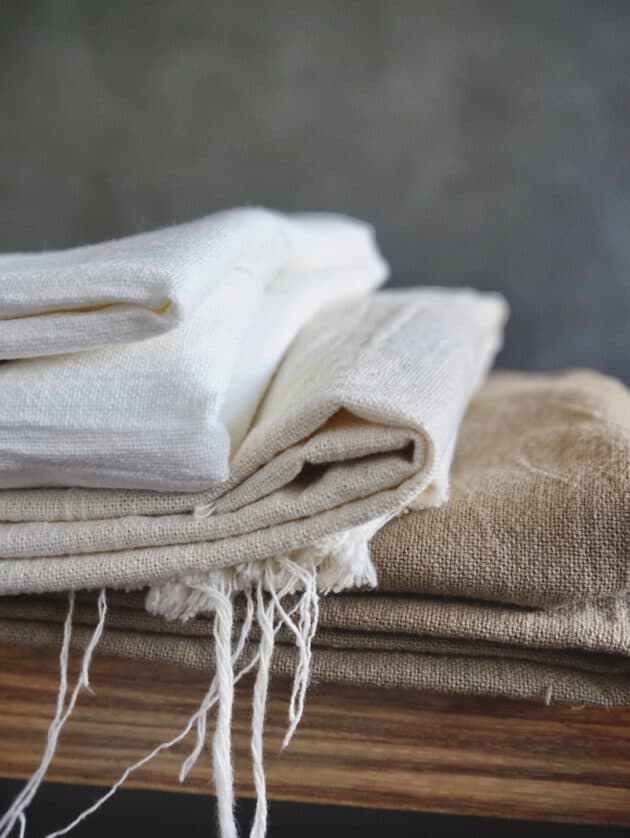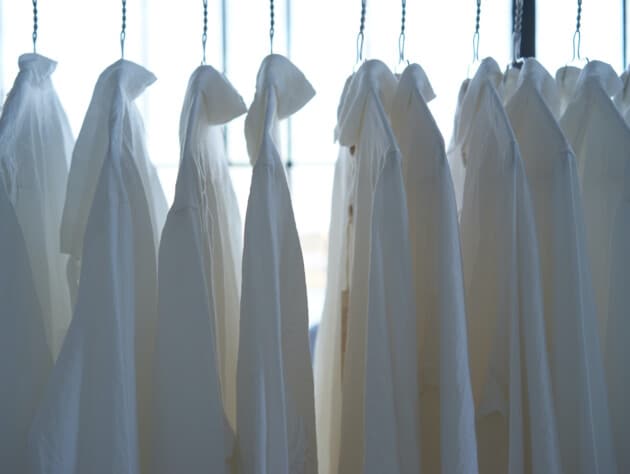Brand & Retailer Certification
Our standards help brands and retailers make confident claims.
Thanks to our standards, companies and consumers alike can be sure that the products they buy are independently verified to contain what they say they contain. Brands and retailers that have committed to sourcing responsible fibers and materials such as organically grown fiber, recycled content, or responsible animal materials, can use these standards in sourcing and consumer communication.
HOW IT WORKS
Start benefiting from certification
Make the commitment
Plan the materials you want to source and which suppliers need to be engaged. Communicate your plans to your stakeholders to get your products ready and your own systems in place.

Ask for certified products
You can start asking for certified products from your sellers. You don’t need to be certified to place an order and get a transaction certificate for certified products.

Get certified
Brand certification is required as part of our Content Claim Standard to complete the chain of custody.

Choose the claims you want to make and tell the story.
If you want to communicate about our standards, especially on your products, familiarize yourself with whether or not you need to be certified, the language allowed for claims, and the process for getting artwork approved.

Get Started
Ready to get certified?
- Contact an approved Certification Body (CB). The CB will be your point of contact throughout the entire process of certification, from the beginning to the final labeling and communications.
- Fill out the application form from the CB and submit. Applying with more than one CB allows you to compare estimates.
- After receiving your completed application, the CB will prepare an offer including price and timing estimates.
- After the offer is accepted, you’ll be asked to sign a contract with the CB. Typically, a contract is valid for one year and will need to be renewed afterwards.
- The CB will send an auditor to review documents and procedures against the requirements of the standard. Make sure to read the standard and prepare the relevant documents and staff beforehand. Preparation can reduce certification costs by saving auditing time.
- The results of the audit will be sent to the CB’s office in an audit report. Another person will review them and make a final certification decision. If non-conformities (NC) are noted, you’ll be given a corrective action plan. All NCs have to be closed for a scope certificate (SC) to be issued.
- After successfully meeting all requirements of the standard, an SC will be issued.
- CBs may conduct unannounced inspections to check that you’re still conform with the standards.
- Following the shipment of certified goods to the given standard, contact your CB to apply for a transaction certificate (TC). Only products with an accompanying TC are considered certified.
Spotlight On
Track certified materials with Trackit
With brands and retailers increasingly being held accountable for what happens along their supply chains, we developed Trackit to help them track and trace any fibers that are certified to our standards through a centralized system.

Explore
See all of our standards
Our standards help companies and consumers to verify sustainability claims.